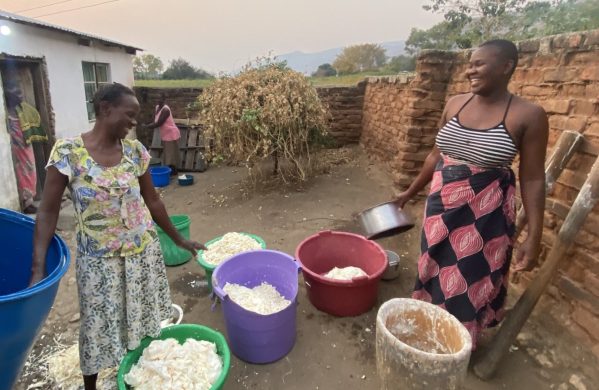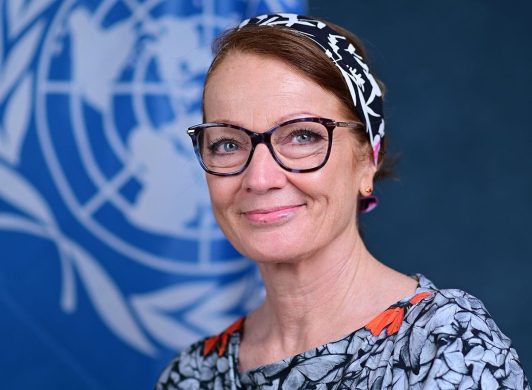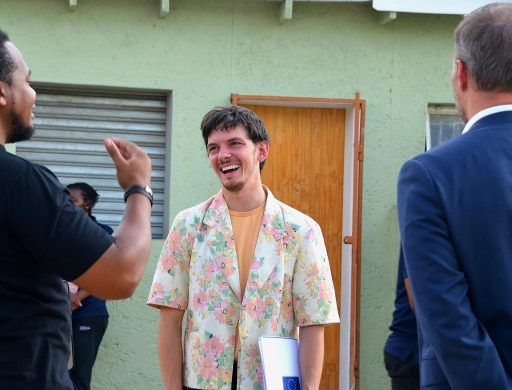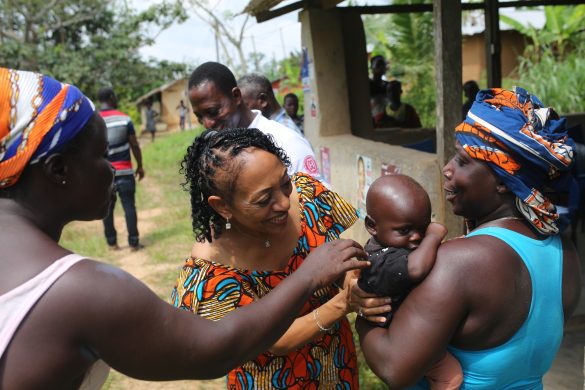WASHINGTON, 13 June 2010 (IRIN) – Progress in reducing maternal mortality and morbidity is still “tragically slow”. Now, the United Nations has unveiled a global initiative based on government, civil society and private sector cooperation that could save the lives of up to one million women during pregnancy and childbirth.
A US$20 billion funding gap in maternal and child health in the world’s least developed countries means that between 350,000 and 500,000 women die each year from preventable pregnancy-related causes and complications, and another 15 million suffer from equally preventable long-term disabilities.
The new Joint Action Plan for Women’s and Children’s Health calls on countries to push the health of women and girls to the front of the queue and create an overarching framework for integrated health systems.
A working draft of the plan was presented by Thoraya Obaid, Executive Director of the UN Population Fund (UNFPA), at Women Deliver, a global conference in Washington, US, which brought together 3,500 women health professionals and leaders from 150 countries.
Without a dramatic policy shift only 20 out of 68 countries will succeed in meeting the UN Millennium Development Goal (MDG) of reducing maternal mortality by two-thirds, and providing women with equal access to reproductive services by 2015.
“Our intent is to reach out to as many partners and actors as we can so this becomes a bigger effort,” said Flavia Bustreo, director of the World Health Organization (WHO) Partnership for Maternal Newborn and Child Health. “Countries will set their own goals … and then we will capture these commitments and get an accountability framework to reflect them, and measure them over the next five years.”
”There’s a lot of energy; that’s a good thing. There’s a lot of commitment; that’s also very good”
The plan offers overarching formulas, like integrating health services, so a woman would not have to go to separate clinics for information on HIV/AIDS and sexual education – as often happens now – and strengthening health systems to better utilize funds.
Læs videre på http://www.irinnews.org/Report.aspx?ReportId=89461














